Solomon Islands - Geography
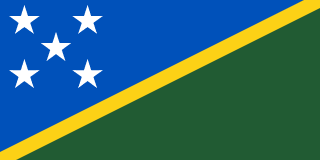
Here, let us take a look at the Geography of Solomon Islands. Strategic location on sea routes between the South Pacific Ocean, the Solomon Sea, and the Coral Sea; Rennell Island, the southernmost in the Solomon Islands chain, is one of the world’s largest raised coral atolls; the island’s Lake Tegano, formerly a lagoon on the atoll, is the largest lake in the insular Pacific (15,500 hectares; 38,300 acres). Mother's mean age at first birth is 22.6 years (2015 est.) (Note: data represents median age at first birth among women 25-29), whereas, the Maternal mortality ratio is 123 deaths/100,000 live births (2023 est.)
Geographical data of Solomon Islands
| Location | Oceania, group of islands in the South Pacific Ocean, east of Papua New Guinea |
|---|---|
| Geographic coordinates | 8 00 S, 159 00 E |
| Map references | Oceania |
| Tarrain | mostly rugged mountains with some low coral atolls |
| Natural Resources | fish, forests, gold, bauxite, phosphates, lead, zinc, nickel |
| Natural Hazards | tropical cyclones, but rarely destructive; geologically active region with frequent earthquakes, tremors, and volcanic activity; tsunamis volcanism: Tinakula (851 m) has frequent eruption activity, and an eruption of Savo (485 m) could affect the capital Honiara on nearby Guadalcanal |
| Irrigated Land | 0 sq km (2022) |
| Major rivers (by length in km) | |
| Major aquifers | |
| Land Boundaries | 0 km |
| Border Countries | |
| Coastline | 5,313 km |
| Climate | tropical monsoon; few temperature and weather extremes |
| Area | |
| Total Area | |
| Land Area | 27,986 sq km |
| Water Area | 910 sq km |
| comparative Area | slightly smaller than Maryland |
| Maritime Claims | |
| Territorial sea | 12 nm |
| Exclusive economic zone | 200 nm |
| Continental shelf | 200 nm |
| Elevations | |
| Highest point | Mount Popomanaseu 2,335 m |
| Lowest point | Pacific Ocean 0 m |
| Land Use | |
| Agricultural land | 3.9% (2023 est.) |
| Agricultural land: arable land | arable land: 0.8% (2023 est.) |
| Agricultural land: permanent crops | permanent crops: 2.8% (2023 est.) |
| Agricultural land: permanent pasture | permanent pasture: 0.3% (2023 est.) |
| Forest | 89.9% (2023 est.) |
| Other | 6.2% (2023 est.) |
Population Distribution
Most of the population lives along the coastal regions; about one in five live in urban areas, and of these about two thirds reside in Honiara, the largest town and chief port
People and Society
In Solomon Islands, the different Ethnic groups are such that we have: Melanesian 95.3%, Polynesian 3.1%, Micronesian 1.2%, other 0.3% (2009 est.)
| Population | |
|---|---|
| Pop growth rate | 1.65% (2024 est.) |
| Birth rate | 22 births/1,000 population (2024 est.) |
| Death rate | 3.9 deaths/1,000 population (2024 est.) |
| Health expenditure | |
| Physicians Density | |
| Hospital bed Density | |
| Total fertility rate | 2.77 children born/woman (2024 est.) |
| Gross reproduction rate | 1.35 (2024 est.) |
| Contraceptive prevalence rate | |
| Est married women (ages 15-49) | 64.1% (2023 est.) |
| Literacy | |
| Education expenditures | |
| Net Migration rate | -1.5 migrant(s)/1,000 population (2024 est.) |
| Nationality | Solomon Islander | Solomon Islander(s) |
| Languages | Melanesian pidgin (lingua franca in much of the country), English (official but spoken by only 1%-2% of the population), 120 indigenous languages |
| Religions | Protestant 73.4% (Church of Melanesia 31.9%, South Sea Evangelical 17.1%, Seventh Day Adventist 11.7%, United Church 10.1%, Christian Fellowship Church 2.5%), Roman Catholic 19.6%, other Christian 2.9%, other 4%, unspecified 0.1% (2009 est.) |
| Age Structure | |
| 0-14 years | 30.6% (male 114,246/female 108,020) |
| 15-64 years | 64.2% (male 238,708/female 227,636) |
| 65 years and over | 5.3% (2024 est.) (male 18,016/female 20,173) |
| Dependency Ratios | |
| Total dependency ratio | 55.9 (2024 est.) |
| Youth dependency ratio | 47.7 (2024 est.) |
| Elderly dependency ratio | 8.2 (2024 est.) |
| Potential support ratio | 12.2 (2024 est.) |
| Median Age | |
| Total | 25.2 years (2024 est.) |
| Male | 25 years |
| Female | 25.4 years |
| Urbanization | |
| Urban population | 26% of total population (2023) |
| Rate of urbanization | 3.57% annual rate of change (2020-25 est.) |
| Major urban areas (Pop) | 82,000 HONIARA (capital) (2018). |
| Sex Ratio | |
| At birth | 1.05 male(s)/female |
| 0-14 years | 1.06 male(s)/female |
| 15-64 years | 1.05 male(s)/female |
| 65 years and over | 0.89 male(s)/female |
| Total population | 1.04 male(s)/female (2024 est.) |
| Infant Motality | |
| Total | 19.1 deaths/1,000 live births (2024 est.) |
| Male | 22.7 deaths/1,000 live births |
| Female | 15.2 deaths/1,000 live births |
| Life Expectancy at birth | |
| Total population | 77.2 years (2024 est.) |
| Male | 74.6 years |
| Female | 80 years |
| Drinking Water Sources | |
| Improved: rural | rural: 59.4% of population (2022 est.) |
| Improved: total | total: 73.1% of population |
| Unimproved: rural | rural: 40.6% of population (2022 est.) |
| Sanitation facility acess | |
| Improved: rural | rural: 22.6% of population (2022 est.) |
| Unimproved: rural | rural: 77.4% of population (2022 est.) |
| Unimproved: total | total: 59.4% of population |
| Alcohol consumption per capita | |
| Total | 1.19 liters of pure alcohol (2019 est.) |
| Beer | 1.1 liters of pure alcohol (2019 est.) |
| Wine | 0.06 liters of pure alcohol (2019 est.) |
| Spirits | 0.02 liters of pure alcohol (2019 est.) |
| Other alcohols | 0 liters of pure alcohol (2019 est.) |
| Tobacco use | |
| Total | 36.8% (2025 est.) |
| Male | 54.5% (2025 est.) |
| Female | 18.8% (2025 est.) |
| Child marriage | |
| Women married by age 15 | 5.6% (2015) |
| Women married by age 18 | 21.3% (2015) |
| Men married by age 18 | 4.4% (2015) |
Demographic profile
All Important Facts about Solomon Islands
Want to know more about Solomon Islands? Check all different factbooks for Solomon Islands below.
-
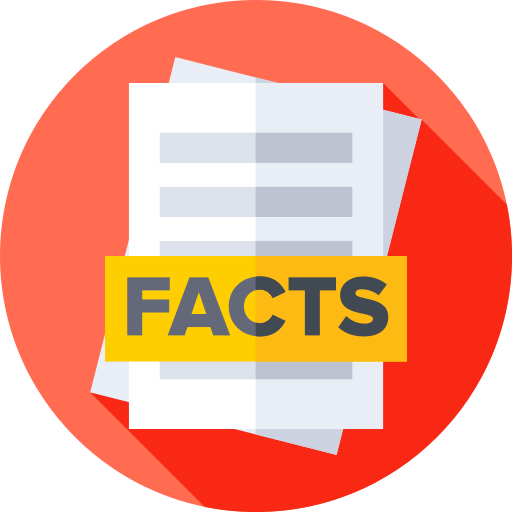 Solomon Islands Factbook
Solomon Islands Factbook
-
 The Economy of Solomon Islands
The Economy of Solomon Islands
-
 Learn about the Government of Solomon Islands
Learn about the Government of Solomon Islands
-
 Communication in Solomon Islands
Communication in Solomon Islands
-
 Popular Universities in Solomon Islands
Popular Universities in Solomon Islands
-
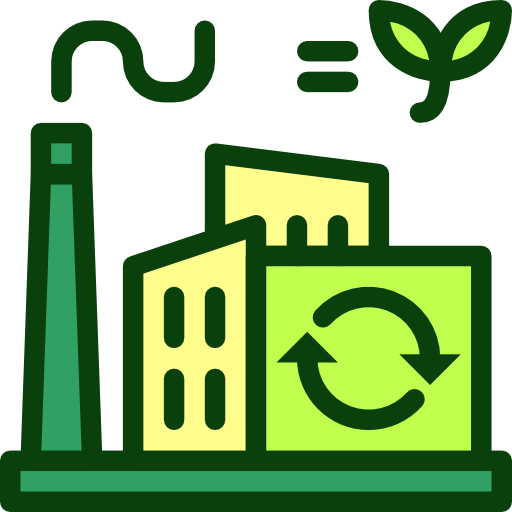 Enerny in Solomon Islands
Enerny in Solomon Islands
-
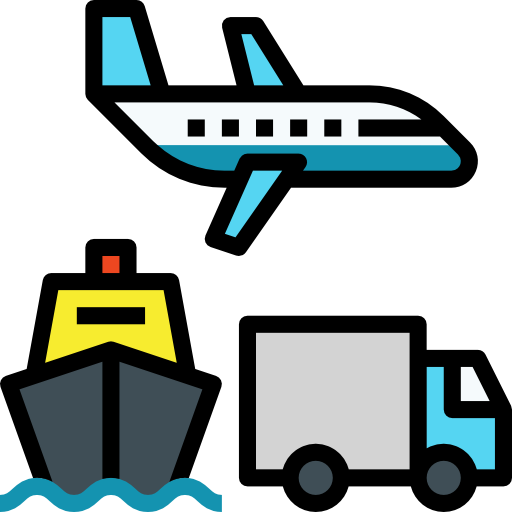 Transport in Solomon Islands
Transport in Solomon Islands
-
 The Geography and society of Solomon Islands
The Geography and society of Solomon Islands
-
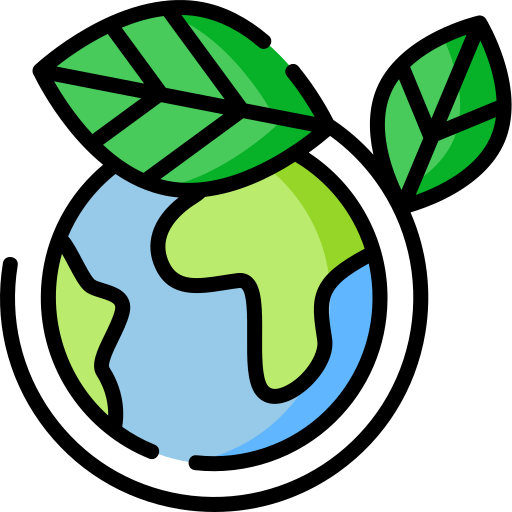 The Environment of Solomon Islands
The Environment of Solomon Islands
-
 Military and security in Solomon Islands
Military and security in Solomon Islands